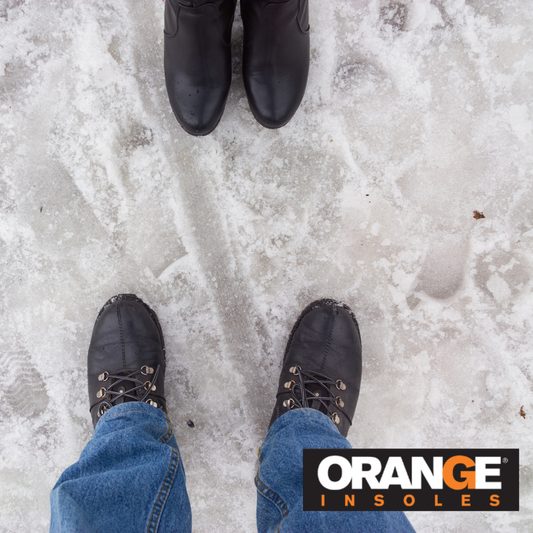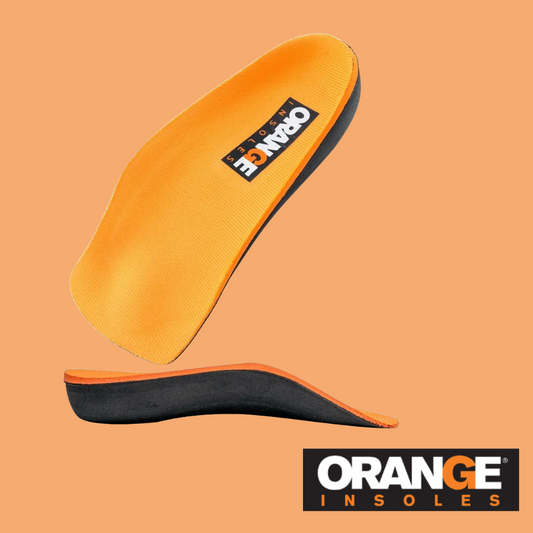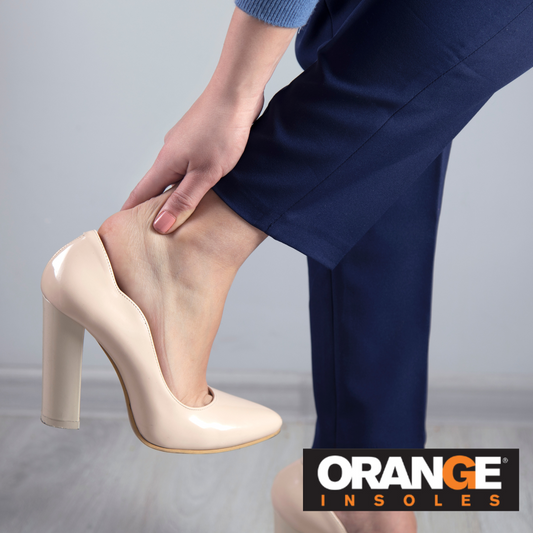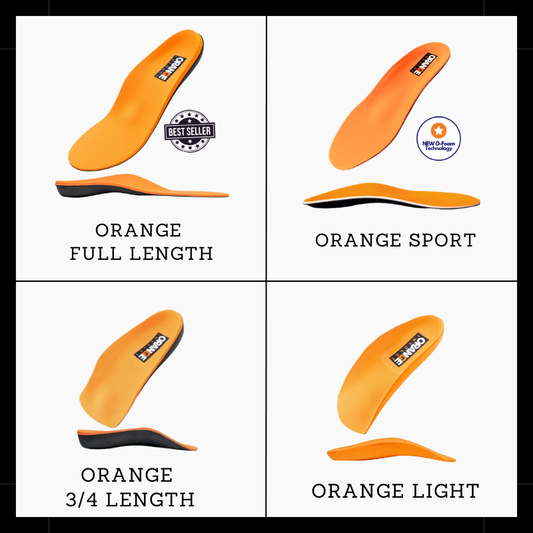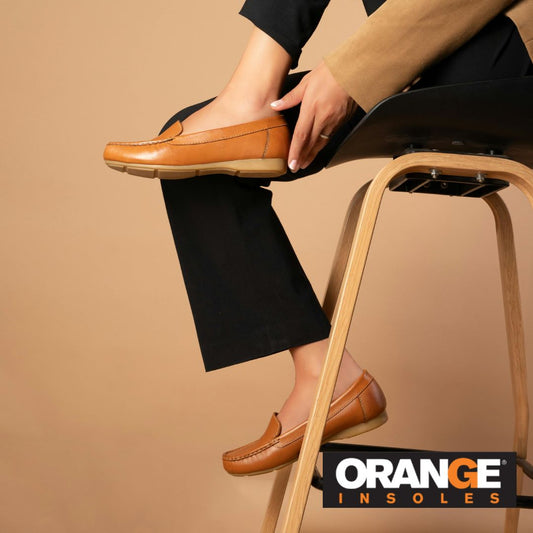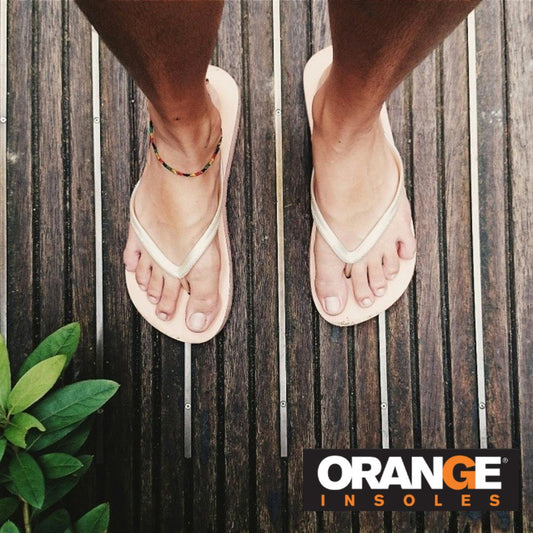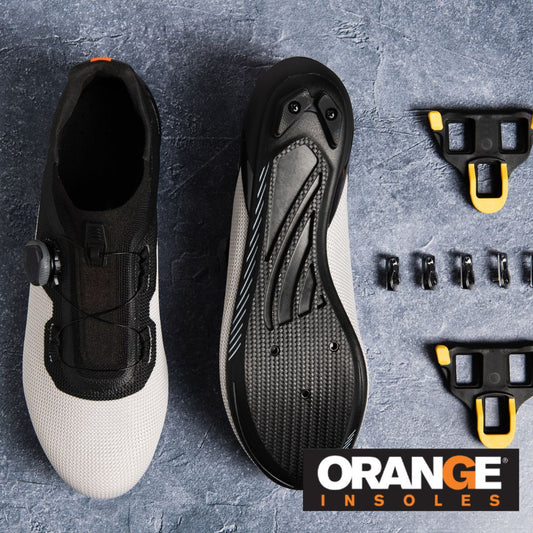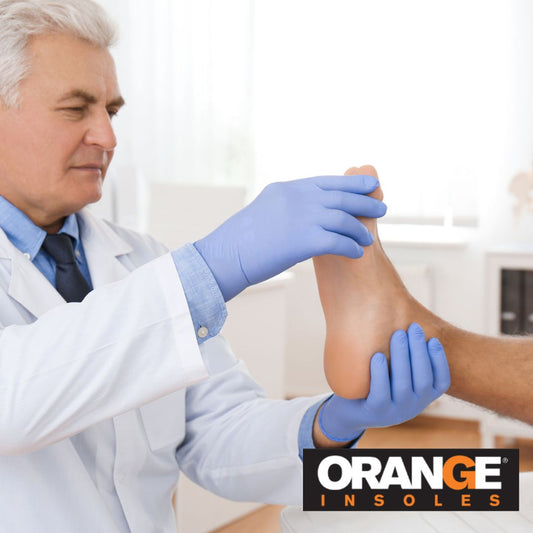Have you recently been experiencing pain in your forefoot that only worsens while you’re walking, running or standing? Or do you feel pain in your toes when you flex them? These are classic examples of metatarsal pain, symptoms of metatarsalgia. Indeed, metatarsalgia isn’t an injury, instead being a symptom or group of symptoms, encompassing pain in the ball of the foot, bruising and/or inflammation, and nor does it have one specific cause.
Metatarsalgia arises when the foot is not moving as it should, which often leads to inflammation and with it, pain in at least one of the metatarsal heads. It tends to be localized pain in the metatarsal heads, which are just before the second, third and fourth toes, although there can also be more isolated pain close to the big toe. Symptoms to look out for include not only the ball of the foot becoming painful during weight-bearing activities like running, walking and standing, but also sharp or shooting pains, tingling and numbness in the toes.
With metatarsal pain occurring due to a change in the foot’s normal mechanics, leading to excessive pressure in the ball of the foot and subsequently metatarsalgia, it has many potential causes. These include being overweight, the simple fact of the matter being that more weight being brought to bear on the foot exerts greater pressure on the forefoot when taking a step. Some people may also experience metatarsal pain due to a bunion or arthritis weakening the big toe, which increases the amount of pressure on the ball of the foot.
Other possible causes of your metatarsalgia include wearing shoes that do not fit properly, a stress fracture of the metatarsal or a claw toe or hammertoe. However, as annoying as metatarsal pain can be, once the origin of the problem has been identified, it generally only takes conservative measures to treat it. Effective measures range from keeping a healthy body weight and avoiding high heels wherever possible, to ensuring that you wear properly fitting shoes. Rest, exercise and the use of appropriate shoe inserts also often feature in any treatment regime for metatarsalgia.
However, to ensure that the symptoms that you are experiencing really are metatarsalgia, as well as to receive the most suitably tailored treatment, you are always advised to first have your foot problem checked out by a podiatric physician.

















